With his creation of a new program to spend $100 million to pay for new gas station pumps that can handle high-blend ethanol fuels, Secretary of Agriculture Tom Vilsack has blinders for blender pumps. The move puts Vilsack squarely at odds with Congress, which previously forbid the Department of Agriculture (USDA) from spending money on blender pumps. For his tunnel-vision on ethanol blender pumps, Sec. Vilsack rightfully receives a Golden Fleece.
View/download this fact sheet in PDF
Taxpayers already support the mature corn ethanol industry through a variety of subsidies and a federal mandate requiring the use of biofuels through the Renewable Fuels Standards (RFS). While biofuels have been touted as a tonic to achieve U.S. energy independence, reduce greenhouse gas emissions, and spur rural economic development, they have not delivered on these promises. Instead they have caused costly unintended consequences in the market and imposed future liabilities for taxpayers.
Redefining the Rural Energy for America Program (REAP)

In April 2011, USDA altered REAP’s regulations,[4] changing its definition of renewable energy systems projects eligible for financial assistance to include blender pumps.[5] Members of Congress immediately raised concerns about the change. Former Senate Agriculture Chairman Saxby Chambliss (R-GA) criticized USDA officials for using REAP for blender pumps, noting that the idea had been considered and was rejected during negotiations between the House and Senate when the 2008 Farm Bill was passed. Sen. Chambliss argued that REAP was not designed for this purpose, was already oversubscribed, and now USDA had added a new competitor in an already over-strapped program.[6] Then-Rep. Jeff Flake (R-AZ) offered an amendment to a fiscal year 2011 defense and continuing resolution appropriations bill prohibiting funds from any government program from going to blender pumps.[7] It passed on a broad bipartisan basis 261-158.[8] Rep. Flake offered an identical amendment to the FY2012 Agriculture Appropriations bill,[9] which passed 283-128.[10] Both bills passed on floor votes with the amendments attached, conferring upon them the intent of the House of Representatives. Sen. John McCain (R-AZ) offered similar amendments in the Senate.[11]
Nevertheless, USDA refused to change the blender pumps language in the proposed rule governing REAP it promulgated in 2013.[12] As a result, from 2011-2013, USDA spent more than $3.2 million in awards for 66 blender pump projects installing more than 260 pumps for gasoline stations across the country. [13], [14], [15]
In response to USDA’s pro-ethanol mission creep, Congress included Section 9001(16)(B) in the Agricultural Act of 2014 (Farm Bill)[16]:
(B) LIMITATION.—A [renewable energy system] may not include a mechanism for dispensing energy at retail.
The meaning of the provision was unambiguous: blender pumps cannot be considered a renewable energy system project. In case there was any doubt, language in the conference report accompanying and explaining the law affirmed that by extending the definition of renewable energy system to include the pumps, USDA had overstepped the bounds of Congressional intent. The members of the conference committee, as the “managers” incorporating both the House and Senate versions of the Farm Bill, wrote in reference to REAP:
The Managers clarify that the intent of the program has been to promote energy efficiency and the production of renewable energy, rather than energy delivery. Therefore, renewable fuel blender pumps or other mechanisms to dispense fuel are not a use of the program consistent with this purpose. [17] [emphasis added]
The Farm Bill, with the Sec. 9001 provision passed the House by a vote of 251-166[18] and the Senate by 68-32.[19] When President Obama signed it three days later, the matter should have been settled, and taxpayers should have been freed from funding another wasteful giveaway to the ethanol industry.
An End-Run around REAP Rules
Within weeks of the 2014 Farm Bill’s passage, Sec. Vilsack traveled the country announcing his continued commitment to helping the ethanol industry. Speaking at the annual conference of Growth Energy, a trade organization representing ethanol producers, the Secretary declared, “I am a firm believer in this industry. I think it is essential and I think it is absolutely mandatory that this industry continue to survive, to mature and to expand.” He invited requests from ethanol companies for more subsidies, saying, “This is an invitation to you to come to me, and I will help you and USDA will help you, make no mistake about that.”[20] Sec. Vilsack even hinted at how he would try to get around the recent Farm Bill provision.[21] The industry applauded.
In March 2014, Sec. Vilsack went before the National Farmers Union, another pro-ethanol group, and according to media reports, “pledged to use other USDA rural development programs such as the business and industry loan program to install [blender pumps].” Sec. Vilsack then described how he planned to change the rules of such programs to allow blender pump installation projects to get funding.[22]
In May 2015, the USDA announced it was making $100 million in grants available for ethanol blender pumps[23] through the USDA’s Commodity Credit Corporation,[24] the same source of financing for the REAP grants. The new “Biofuels Infrastructure Project,” which just finished accepting applications for grants,[25] will match USDA funding with state funding, but otherwise resembles REAP. The program has never received legislative authorization, and simply continues an activity that was expressly prohibited by Congress by slapping a different moniker on it. The unilateral decision by USDA to offer millions in support of a mature industry that already receives federal subsidies and enjoys a federal mandate for use of its product raises serious concerns, and represents an egregious waste of taxpayer dollars.
Background on Ethanol Subsidies
.png)
As if supporting corn ethanol at every step of the production process wasn’t enough, taxpayers have also been forced to subsidize ethanol blender pumps, a key giveaway to the industry.
Instead of letting the mature, already heavily-subsidized corn ethanol industry cover the costs of blender pump infrastructure, USDA and the ethanol industry have shifted billions of dollars in financial support for blender pumps onto taxpayers in the following ways:
The Tax Code – Ethanol blender pumps have received tax breaks through the Alternative Fuel Vehicle Refueling Property Credit, which applies to gas stations that install biodiesel or 85 percent ethanol (E85) blender pumps, leading to a 10 year cost estimate for taxpayers of $380 million from FY15-24.[29]
Department of Energy (DOE) Programs – Through DOE’s Clean Cities Program, which promotes consumption of alternative fuels and the installation of new fueling equipment, including 85 percent ethanol (E85) blender pumps, nearly $300 million was spent on 2009 Recovery Act (stimulus) grants for fueling infrastructure such as blender pumps.[30] Through DOE State Energy Programs (SEP), grants have been awarded for the installation of E85 blender pumps, alternative power sources for ethanol biorefineries, and ethanol promotional events, costing taxpayers $3.1 billion under the 2009 Recovery (stimulus) legislation.[31]
The tremendous support for blender pumps through these programs was apparently not enough. In 2011, the USDA co-opted the Rural Energy for America Program (REAP) to further subsidize the technology.
Conclusion
USDA’s utilizing Commodity Credit Corporation funds to support the installation of ethanol blender pumps at gas stations runs contrary to Congress’s intent and further uses taxpayer dollars to cover costs that should be shouldered by the mature corn ethanol industry.
For more information, contact Steve Ellis, at 202-546-8500
About the Golden Fleece
The Golden Fleece award was created in 1975 by the late Senator William Proxmire. It is intended to highlight instances of wasteful spending. After retirement, Sen. Proxmire served as Honorary Chairman of Taxpayers for Common Sense’s Advisory Board and passed the mantle of the Golden Fleece to the organization in 2000.
For more information, contact Taxpayers for Common Sense at 202-546-8500
References
[1] Food, Conservation, and Energy Act of 2008. P.L. 110-234 §9001 amending §9007 of the Farm Security and Rural Investment Act of 2002, P.L. 107-171. https://www.congress.gov/110/plaws/publ234/PLAW-110publ234.pdf
[2] U.S. Department of Agriculture – Rural Development. “Renewable Energy for America Program.” http://www.rd.usda.gov/programs-services/rural-energy-america-program-renewable-energy-systems-energy-efficiency
[3] Taxpayers for Common Sense. “Rural Energy for America Program Fact Sheet.” June 2015. http://www.taxpayer.net/library/article/rural-energy-for-america-program-fact-sheet1
[4] U.S. Department of Agriculture – Rural Business Cooperative Service. “Interim Rule for Rural Energy for America Program.” RIN: 0575-AA76. April 14, 2011. http://www.regulations.gov/#!documentDetail;D=RBS-11-BUSINESS-0009-0001
[5] U.S. Department of Agriculture. “USDA Rural Development Invites Applications for Renewable Energy and Energy Efficiency Projects.” April 14, 2011. http://www.usda.gov/wps/portal/usda/usdahome?contentid=2011/04/0164.xml
[6] U.S. Senate – Committee on Agriculture, Nutrition, and Forestry. Hearing titled “Farm Bill Accountability: The Importance of Measuring Performance, While Eliminating Duplication and Waste.” S.Hrg. 112-281. June 23, 2011. Senator Saxby Chambliss (R-GA) during the question and answer period. http://www.gpo.gov/fdsys/pkg/CHRG-112shrg71630/html/CHRG-112shrg71630.htm
[7] H.Amdt.145 offered by Rep. Jeff Flake (R-AZ) to H.R.1 “Full Year Continuing Appropriations Act, 2011.” February 18, 2011. https://www.congress.gov/amendment/112th-congress/house-amendment/145
[8] House Roll Call Vote 125. February 19, 2011. http://clerk.house.gov/evs/2011/roll125.xml
[9] H.Amdt.475 offered by Rep. Jeff Flake (R-AZ) to H.R.2112 “Agriculture, Rural Development, Food and Drug Administration, and Related Agencies Appropriations Act, 2012.” June 16, 2011. https://www.congress.gov/amendment/112th-congress/house-amendment/475
[10] House Roll Call Vote 454. June 16, 2011. http://clerk.house.gov/evs/2011/roll454.xml
[11] See S.Amdt.441 to S.782 “Economic Development Revitalization Act of 2011” offered June 9, 2011; and S.Amdt.741 to S.Amdt.738 which amended H.R.2112 “Consolidated and Further Continuing Appropriations Act, 2012” offered October 18, 2011.
[12] U.S. Department of Agriculture – Rural Business Cooperative Service. “Proposed Rule for Rural Energy for America Program: Grants and Guaranteed Loans.” RIN: 0570-AA76. April 12, 2013. http://www.regulations.gov/#!documentDetail;D=RBS-13-BUSINESS-0011-0001
[13] Ibid, Note 3
[14] Peterka, Amanda. “Iowa Landowners Tops in Receiving USDA Energy Grants.” Environment & Energy News. March 20, 2012 http://www.governorswindenergycoalition.org/?p=1669;
[15] U.S. Department of Agriculture – Rural Development. “The Impact of the Rural Energy for America Program on Promoting Energy Efficiency and Renewable Energy.” March 2012. http://www.rd.usda.gov/files/reports/rdREAPReportMarch2012.pdf
[16] H.R.2642 which became P.L.113-79. https://www.congress.gov/bill/113th-congress/house-bill/2642
[17] H.Rept.133-333 accompanying H.R.2642. January 27, 2014. http://www.gpo.gov/fdsys/pkg/CRPT-113hrpt333/pdf/CRPT-113hrpt333.pdf
[18] House Roll Call Vote 31. January 29, 2014. http://clerk.house.gov/evs/2014/roll031.xml
[19] U.S. Senate Roll Call Votes – 113th Congress, 2nd Session. Vote Number 21. February 4, 2014. http://www.senate.gov/legislative/LIS/roll_call_lists/roll_call_vote_cfm.cfm?&congress=113&session=2&vote=00021
[20] Peterka, Amanda. “Vilsack Vows Support for Ethanol.” Environment & Energy News. February 27, 2014. http://www.growthenergy.org/news-media/ethanol-in-the-news/vilsack-vows-support-for-ethanol-/
[21] Hagstrom, Jerry. “Vilsack Makes Promises to Ethanol Industry.” Grand Forks Herald – AgWeek. February 3, 2014. http://www.agweek.com/event/article/id/22797/. Alternatively available at: http://www.scoop.it/t/grain-prices/p/4017092365/2014/03/05/secretary-vilsack-makes-promises-to-ethanol-industry
[22] Hagstrom, Jerry. “USDA Wants Ethanol Nationwide.“ AgWeek. Vol. 29, No. 33. March 17, 2014. Page 14. http://issuu.com/wolffk/docs/317agweekvalley
[23] U.S. Department of Agriculture. “USDA to Invest Up to $100 Million to Boost Infrastructure for Renewable Fuel Use, Seeking to Double Number of Higher Blend Renewable Fuel Pumps.” Release No. 0156.15. May 29, 2015. http://www.usda.gov/wps/portal/usda/usdahome?contentid=2015/05/0156.xml&contentidonly=true
[24] U.S. Department of Agriculture. “Fact Sheet: USDA Invests in Clean Energy Economy, Supporting U.S. Producers and Seeking to Double Number of Higher Blend Renewable Fuel Pumps Available to Consumers.” Release No. 0157.15. May 29, 2015. http://www.usda.gov/wps/portal/usda/usdahome?contentid=2015/05/0157.xml&contentidonly=true
[25]U.S. Department of Agriculture. “USDA Begins Accepting Applications from States for $100 Million Biofuels Infrastructure Partnership.” Release No. 0170.15. June 12, 2015. http://www.usda.gov/wps/portal/usda/usdahome?contentid=2015/06/0170.xml&contentidonly=true
[26] Taxpayers for Common Sense. “Federal Subsidies for Corn Ethanol and Other Corn-Based Biofuels.” June 15, 2015. http://www.taxpayer.net/library/article/federal-subsidies-for-corn-ethanol-and-other-corn-based-biofuels
[27] Enacted amounts found in U.S. Department of Transportation – Federal Highway Administration Budget Requests for FY 2014-2016.
[28] U.S. Environmental Protection Agency. “Renewable Fuel Standard (RFS).” http://www.epa.gov/otaq/fuels/renewablefuels/
[29] Joint Committee on Taxation. JCX-107-14R. “ Estimated Revenue Effects Of H.R. 5771, The ‘Tax Increase Prevention Act Of 2014.’” December 3, 2014. https://www.jct.gov/publications.html?func=startdown&id=4677
[30] U.S. Department of Energy – Energy Efficiency & Renewable Energy. “Clean Cities: American Recovery and Reinvestment Act Project Awards.” August 29, 2009. http://www1.eere.energy.gov/cleancities/projects.html
[31] U.S. Department of Energy – Energy Efficiency & Renewable Energy. “State Energy Program Helps States Plan and Implement Energy Efficiency.” June 2010. http://energy.gov/sites/prod/files/2014/01/f7/48100_weather_sep_fsr3_0.pdf



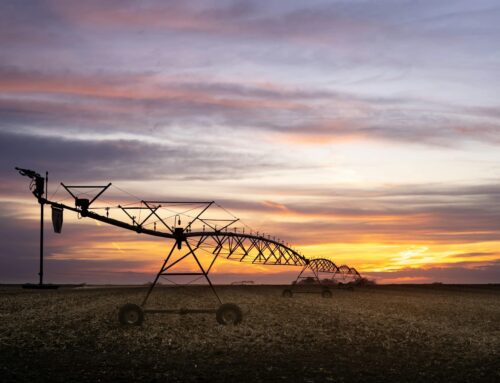
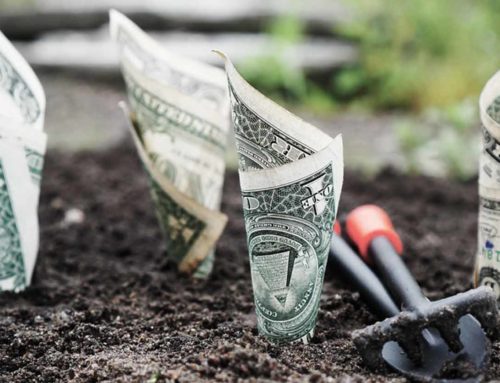

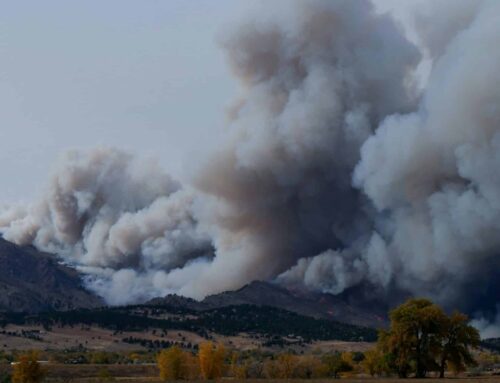





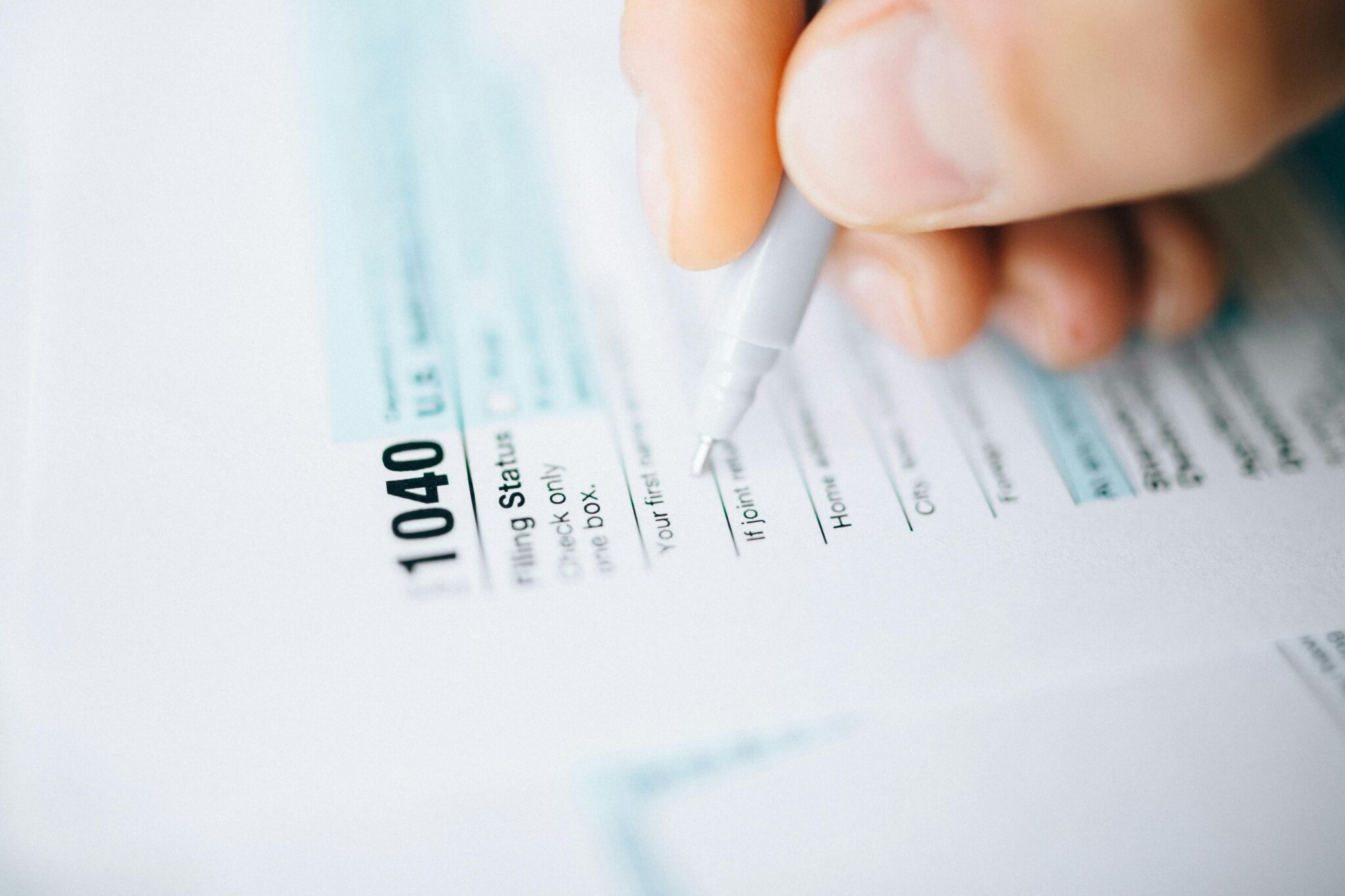
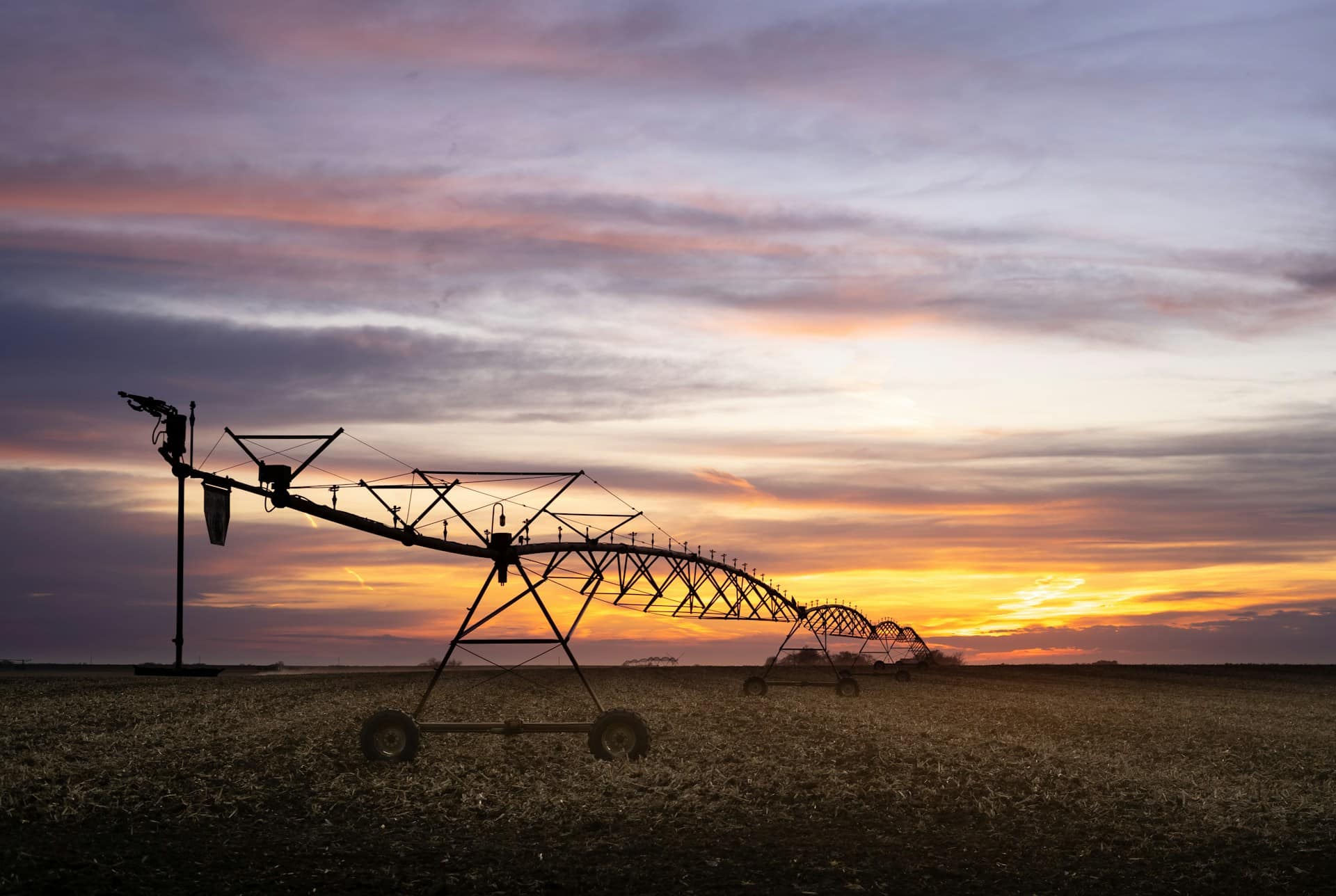

Get Social